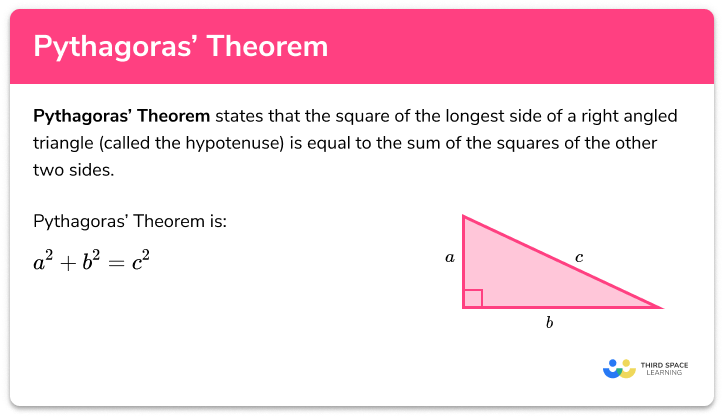FREE DOWNLOAD
Angles Worksheet

Help your students prepare for their Maths GCSE with this free angles worksheet of 20+ questions and answers
- Section 1 of the angles worksheet contains 20+ skills-based angles questions, in 3 groups to support differentiation
- Section 2 contains 3 applied angles questions with a mix of worded problems and deeper problem solving questions
- Section 3 contains 3 foundation and higher level GCSE exam style angles questions
- Answers and a mark scheme for all questions are provided
- Questions follow variation theory with plenty of opportunities for students to work independently at their own level
- All questions created by fully qualified expert secondary maths teachers
- Suitable for GCSE maths revision for AQA, OCR and Edexcel exam boards
Angles at a glance
An angle is formed when two lines or rays intersect at a point. When measuring angles and drawing angles, we use a protractor and measure in degrees. When reading protractors, we give answers to the nearest whole degree.
It is important that students can identify angles such as acute, reflex, obtuse and right angles. We classify angles based on their size: an angle measuring less than 90° is an acute angle, greater than 90° but less than 180° is an obtuse angle, and greater than 180° is a reflex angle. An angle of exactly 90° is called a right angle.
Other angle facts that students need to know include: angles on a straight line and angles in a triangle add to 180°, angles in a quadrilateral add to 360°, and opposite angles in a parallelogram are equal. Students are expected to find the size of missing angles by selecting the appropriate angle fact and then using subtraction. Complementary angles are a pair of angles whose sum is 90°, and supplementary angles are a pair of angles whose sum is 180°.
When a pair of parallel lines is cut with an intersecting line (called a transversal), corresponding angles and alternate angles are formed.
Looking forward, students can then progress to additional angles worksheets and other geometry worksheets, for example an angles in polygons worksheet or volume and surface area of spheres worksheet.

For more teaching and learning support on Geometry our GCSE maths lessons provide step by step support for all GCSE maths concepts.
Do you have students who need additional support?

With Third Space Learning's secondary maths tutoring programmes, students in Year 7-11 receive regular one to one maths tutoring to address gaps, build confidence and boost progress.
"My confidence in the tutoring is high. We've had some phenomenal results. I even had one girl get a Grade 8 this year; she came to every tutoring session."
Stacey Atkins, Maths Director, Outwood Grange Academies Trust








